I have a history with Caesar salad dressing. Many years ago, when I wasn’t fond of salads (I know, hard to believe!), I assumed I didn’t enjoy creamy Caesar dressing either. It turns out I just needed to give it a try! Since then, I’ve developed a homemade classic Caesar salad dressing recipe that’s incredibly good.
A while back, I attended a meeting at a nice restaurant where they served Caesar salad. Not wanting to be rude, I tried it… and loved it! I’ve been somewhat obsessed ever since. The combination of crunchy romaine lettuce, creamy dressing, and parmesan cheese creates a delightful salad.
When I shifted to real food, I wanted to create a version without refined vegetable oils and artificial additives. I experimented with homemade variations. Figuring out this salad dressing recipe was quite challenging and required a lot of trial and error. I aimed to make it dairy-free but still creamy. Traditionally, the cheesy, nutty flavor in Caesar salad dressing comes from Italian Parmesan Reggiano cheese.
Not to brag, but I eventually crafted a Caesar dressing that compares with the best ones I’ve tasted, even in top-tier restaurants! This recipe is such a favorite that I included it in the Wellness Mama Cookbook.
And the flavor isn’t its only drawing point!
Caesar Dressing Made Healthy
Store-bought Caesar dressing can taste fishy, and it’s not just because of the anchovies. You’ll often find undesirable ingredients like GMO soybean oil, MSG, gluten, and preservatives.
The original Caesar dressing was created in 1924 and made from scratch tableside. It combined the umami flavor of the anchovies with tart lime juice and Dijon mustard, topped with a cubed crostini. This method is still used at the original restaurant in Tijuana.
Our journey has taken us far from fresh, tableside ingredients to today’s MSG-laden dressings! Home cooks can reclaim the original flavor using simple, fresh ingredients. Homemade croutons are optional. All it takes is a whisk or small blender and a few extra minutes.
This healthy Caesar dressing is a fantastic way to add more olive oil to your diet, bringing its anti-inflammatory and heart-healthy properties along. Adding pastured eggs, apple cider vinegar, and fresh lemon juice enhances both flavor and health benefits.
Dairy-Free Caesar Salad Dressing
For a dairy-free variation, simply leave out the Parmesan. Some readers have suggested that nutritional yeast flakes are a good substitute, providing a "cheesy" flavor. The egg contributes a rich, creamy texture, so the dressing remains successful without the cheese.
Caesar Salad “Dressed” Up
Although traditional Caesar salad mostly consists of lettuce, dressing, and croutons (and usually lots of cheese!), you can get creative by adding other healthy vegetables.
Add variety and color with ingredients like olives, peppers, fresh chopped herbs, thinly sliced red cabbage, shredded carrots, or sunflower seeds. Serve with a fresh lemon wedge for extra tanginess.
To make it a full meal, top with grilled chicken or shrimp. If you’re like me and want to include Caesar salad in your menu as often as possible, find more meal planning ideas here. This dressing also works well on roasted potatoes or eggs for breakfast. There’s no need to stop with salad!
Tips For Making Caesar Dressing
This recipe is freshest when enjoyed immediately, but you can store it in an airtight container in the fridge for up to a week.
If the dressing doesn’t blend well, your egg might have been too cold. If necessary, let it sit at room temperature for an additional 10 minutes, then whisk or blend again.
What are your favorite Caesar salad mix-ins? Please share in the comments below!





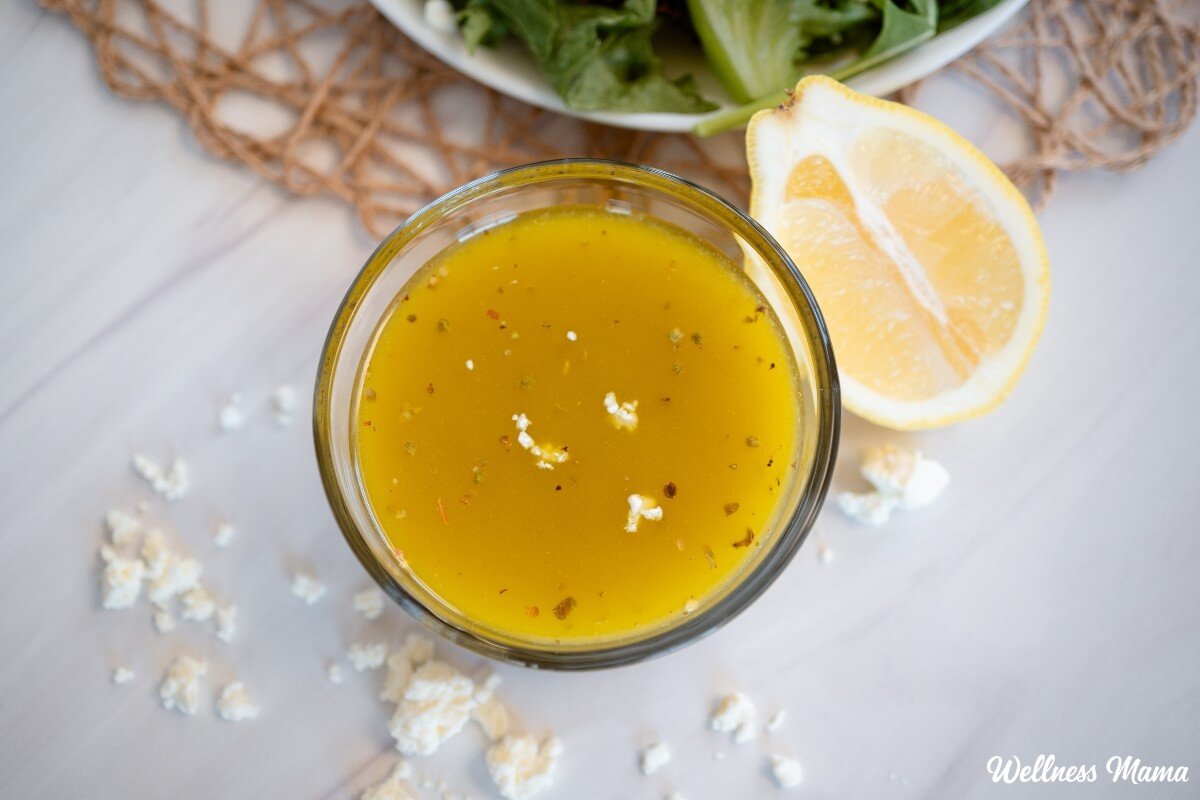
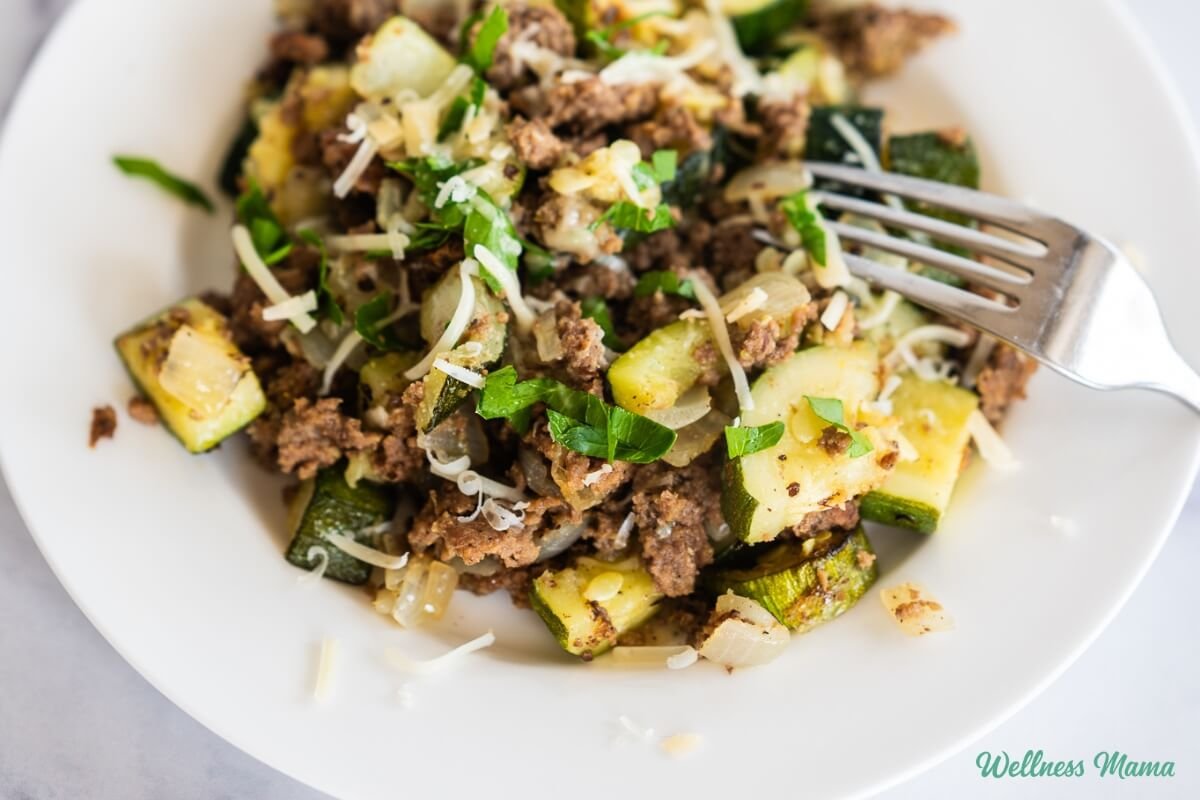

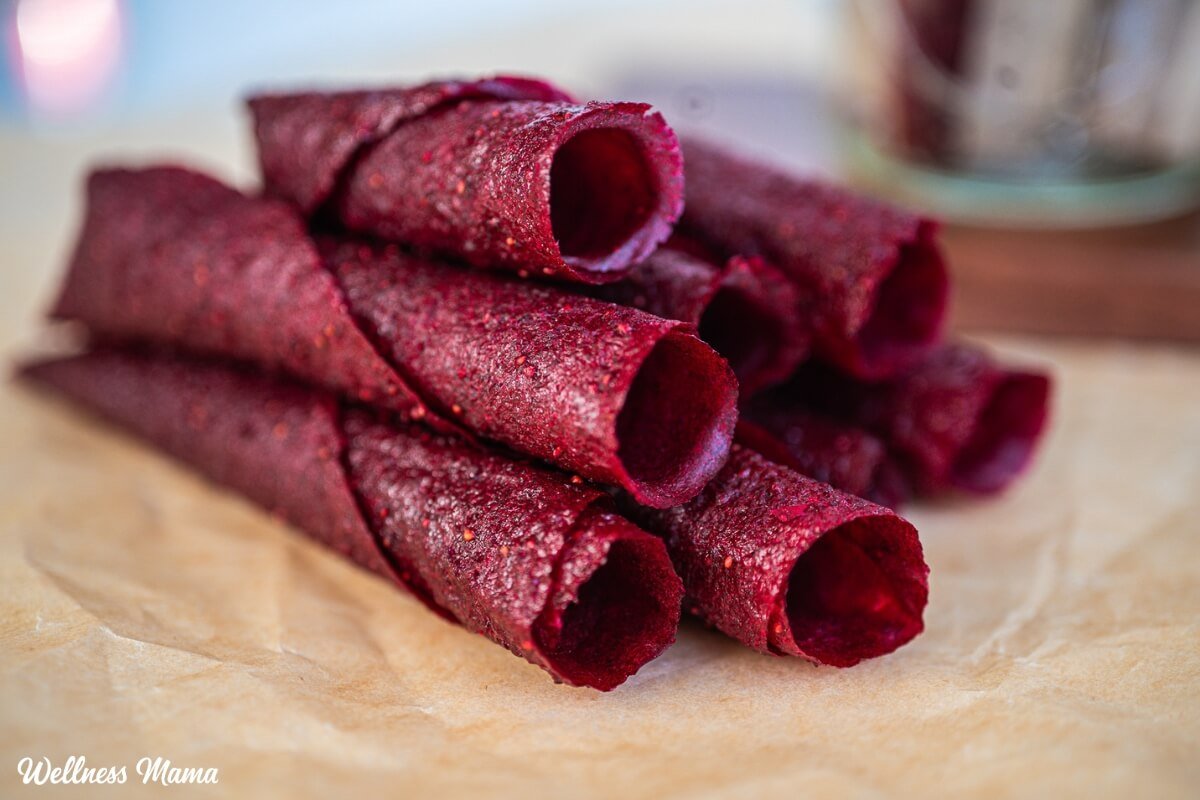


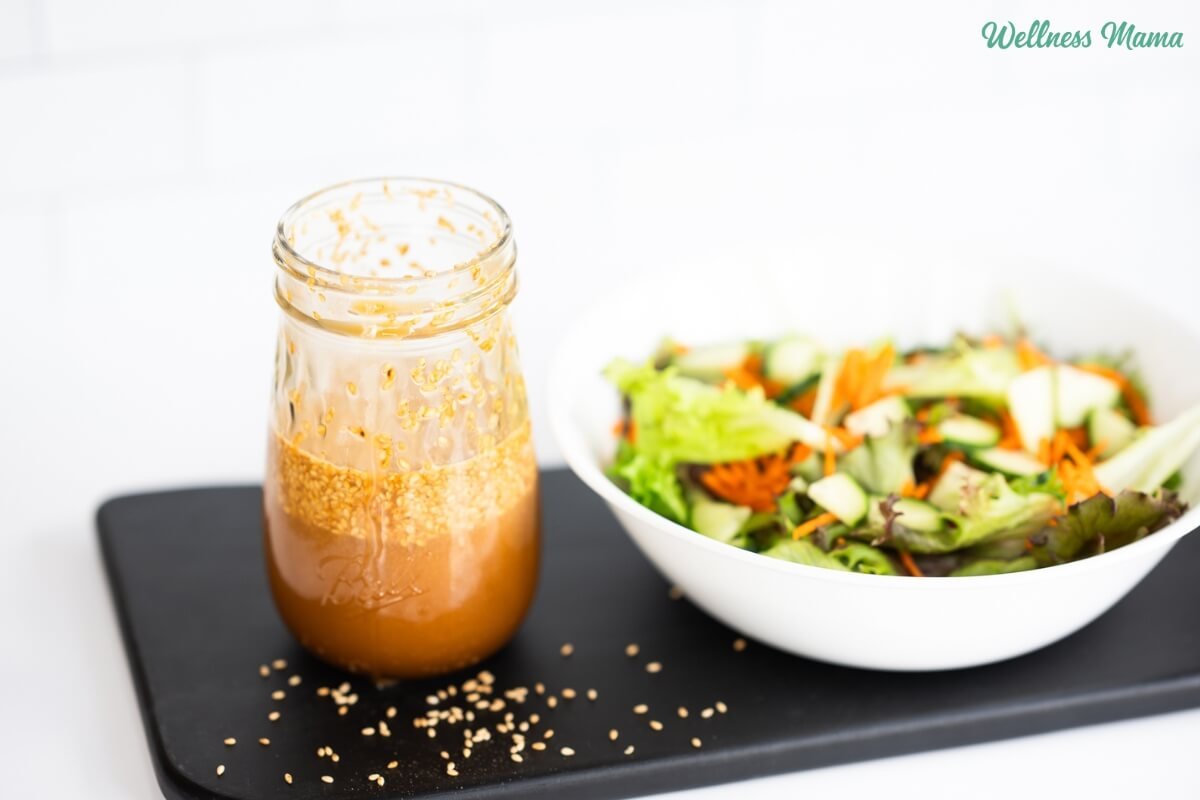
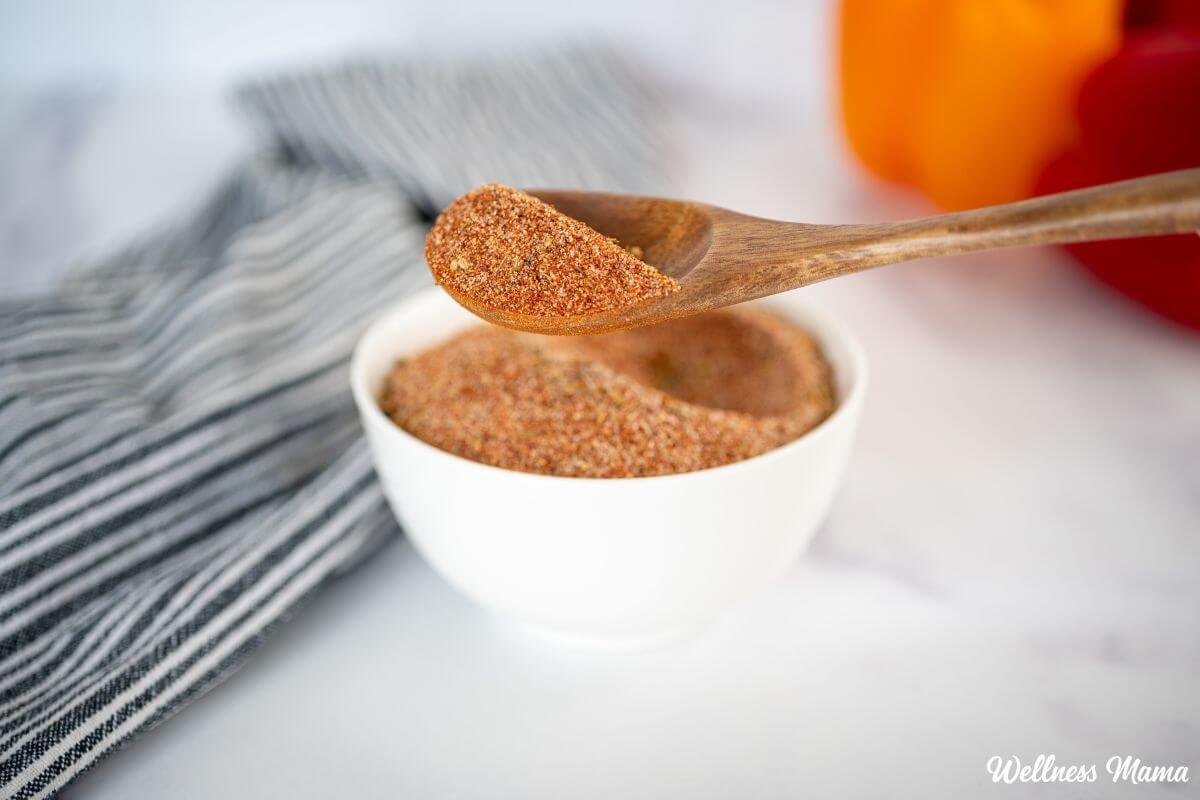
Leave a Reply